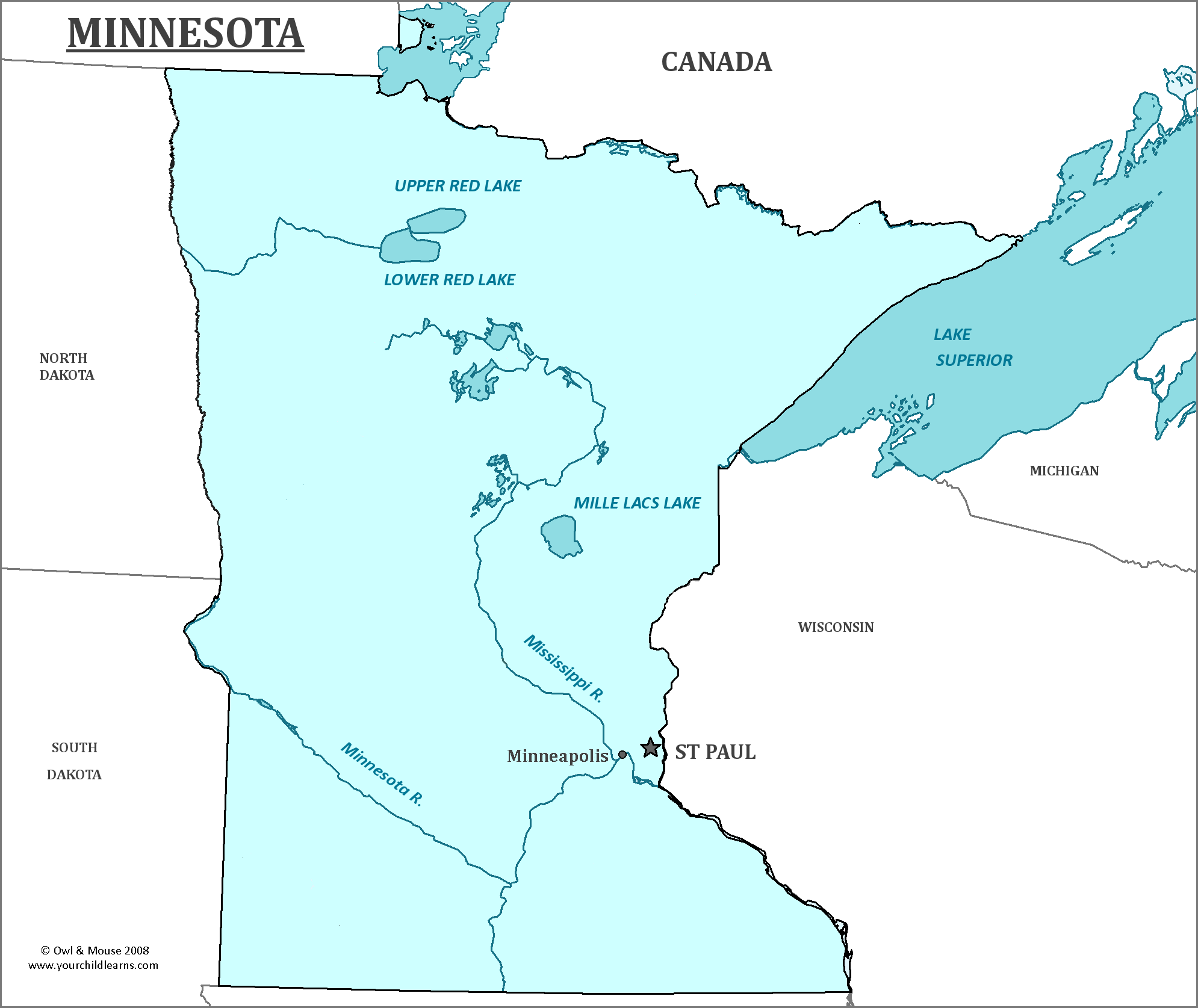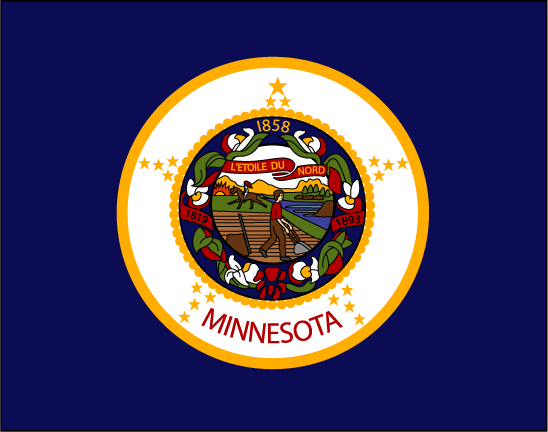


Photo: Orchi
Pink and white lady's slipper — Minnesota State Flower
Minnesota
Minnesota is a state in the northern part of the Midwestern United States. It is the second most northerly state, and the most northerly state in the contiguous United States.
Date first discovered by Europeans: French explorer and fur trader Pierre Esprit Radisson might have discovered the land that would become Minnesota in the late 1650’s. Or, it might have been Claude-Jean Allouez, a Jesuit missionary seeking to convert the Native Americans.
Date admitted to US: 1858
Capital: Saint Paul
Largest City: Minneapolis
Terrain: Lots of lakes, carved out by prehistoric glaciers
The state is home to nearly 10.6 million acres of wetlands, the most of any state after Alaska.
The state also contains many lakes, giving it the nickname of ‘The land of 10,000 lakes’. This is not an exaggeration, as the state contains at least 11,842 lakes over 10 acres in size.
The highest point in the state, Eagle Mountain (2,301 feet) is only 13 miles from the lowest point, which is on the shore of Lake Superior.
The terrain of Minnesota is due to prehistoric glaciers carving out lakes, and ancient seas depositing sediment. Some of the rock in Minnesota is the oldest rock in the entire world, about 3.6 billion years old.
Area: 86,839 square miles
Area rank: 12th
Population: 5,458.333
Population rank: 21st
Electoral votes: 10
Minnesota is one of many states that included in the Louisiana Purchase, which was sold to the newly formed United States in 1803 by France. The Minnesota territory was formed in 1849, through many squatters and government officials had tried to settle in the area early and were relocated by the U.S. Army to the region that would become Saint Paul.
Minnesota is where the Mississippi River starts its journey to the Gulf of Mexico in the south. It is also the eastern part of the St. Lawrence Seaway, a series of lakes, rivers, and canals, which connects the great lakes to the Atlantic Ocean.
Minnesota has the largest population of Timber Wolves in the contiguous United States, as well as populations of martens, elk, and bobcats. Minnesota is on the path of many migratory birds, along a route called the Mississippi fly-way.
Both Pillsbury and General Mills, companies that produce food and baking goods started in Minnesota. The site would become Minneapolis was located near the Saint Anthony falls, which provided natural water power that mills required. The area was home to many sawmills before, but in 1900, Minnesota was milling about 14% of the nation’s grain thanks to milling advances and the Saint Anthony Falls, leading to the companies locating there.
Print this map of the United States US States and Capitals Map Quiz
Free Maps, Map Puzzles and Educational Software: Owl and Mouse Educational Software


